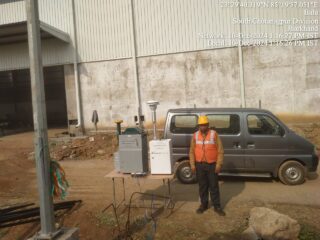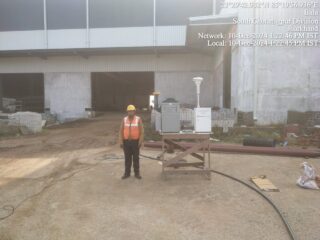Air Monitoring
Ambient Air Quality Monitoring refers to the systematic measurement and analysis of the air quality in the outdoor environment, typically in urban and rural areas. The primary goal is to assess the levels of air pollutants and their impact on human health, the environment, and the economy. It involves evaluating the air quality status, identifying pollution sources, assessing health impacts, informing policy decisions, and tracking progress. This is achieved through various methods, including air quality monitoring stations, satellite remote sensing, low-cost sensors, and modeling and simulation.
The data collected through Ambient Air Quality Monitoring is used to provide air quality forecasts, health advisories, and policy development. It also supports research and development, and public awareness and education. By understanding the air quality, authorities can take effective measures to reduce pollution, improve public health, and protect the environment.





